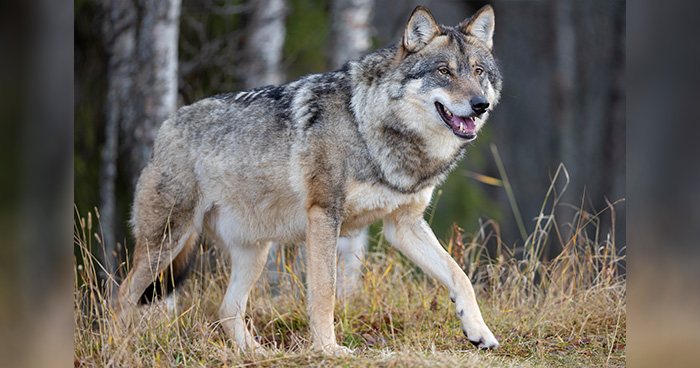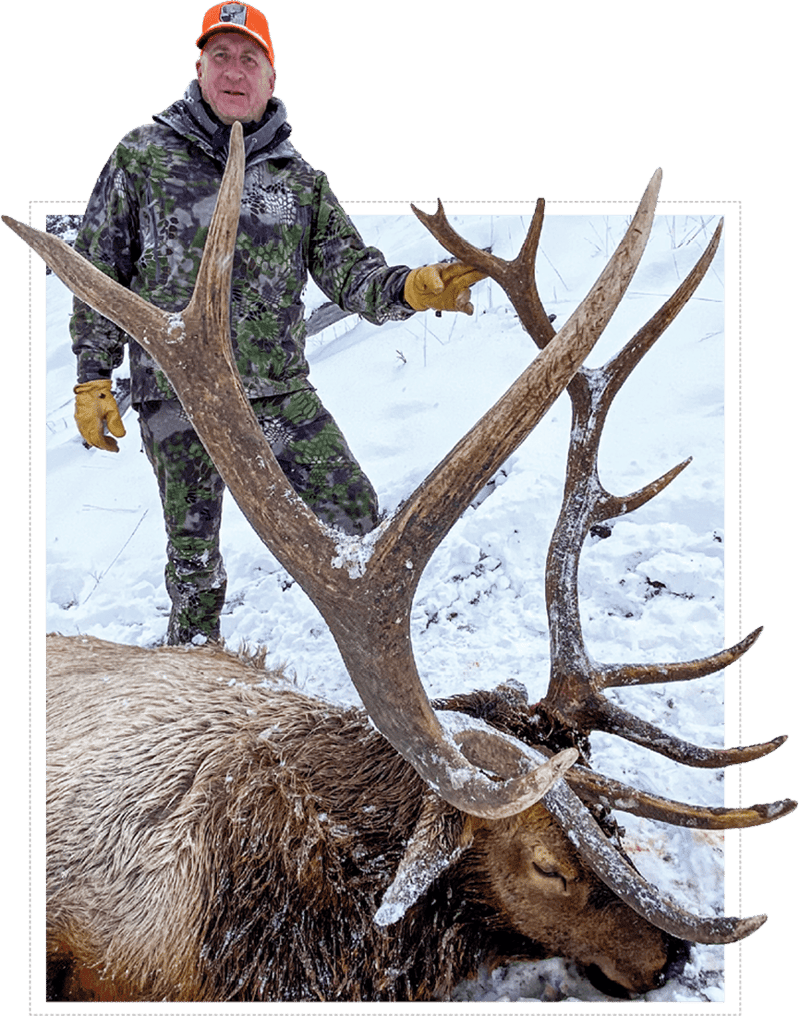Killing Yellowstone Wolves?
By Jaden Bales
Are we killing too many wolves from or near Yellowstone National Park in Wyoming? According to the biological scorecard from the Wyoming Game and Fish Department, one would say no.
Earlier this month, Ken Mills, one of WGFD’s Large Carnivore Biologists presented wolf management information at the Buffalo Commission meeting. Mills went into detail about Wyoming’s management scorecard. Wyoming is committed to having at least 10 breeding pairs and is aiming for 160 wolves in the Wyoming Trophy Game Management Area, which is mostly swathes of rugged public land surrounding Yellowstone National Park.
Coming out of 2023, Wyoming’s wildlife managers estimated an over-objective number of 192 wolves and 17 breeding pairs. The cause for the increase was “mostly due to high recruitment,” says Mills in the commission meeting. As with all wildlife species, wolves go through natural population growth and decline cycles, and in Wyoming, wolves are on the upswing, approaching their carrying capacity.
Within the monitoring area, where Wyoming keeps its thumb on the pulse of the wolf population, history shows that reaching the 200-wolf mark could be detrimental to wolf population growth and overall health, as diseases increased in the past with these higher wolf densities.
“Once you reach right around 200 wolves, your population is more likely to go down than up, so that’s what we would call the approximate carrying capacity,” Mills said with a scatterplot showing hunted and un-hunted wolf population data to back up his statement.
In the timeframe from 2015 until 2018, the number of wolves on the landscape hovered around, and over 200 in the monitoring area. At that same time, the number of collared animals captured with the canine distemper virus increased rapidly. After bringing the population back down through more intensive management (read: hunting and wildlife services removals) this density-dependent disease returned to the same levels found before the high population.
So, by the scorecard presented at the July Commission Meeting, Wyoming is doing a standup job of meeting and exceeding objectives set to keep the wolves off of the endangered species list and meet the socially acceptable numbers Wyomingites would like to see in the Trophy Management Area.
Are Wyoming hunters killing too many Yellowstone wolves?
The vast majority of Wyoming’s hunter-accessible wolves live a good distance outside of Yellowstone National Park and certainly do not have the wildlife-watcher visibility of the Junction Butte Pack, or others. In hunt areas 1 and 2, where the highest likelihood of a Yellowstone wolf being taken exists; hunters only took 5 of the 9 wolf limit in the 2023 season. Only 1 was reported to have been a Yellowstone wolf.
With more wolves on the landscape, it’s possible more of them are Yellowstone wolves, however, the availability of their food will have an impact as to how many wander into trouble and are removed by wildlife services, or taken by hunters. Also, as Ken with WYGFD noted, however, with the higher number in wolves, it’s expected that wildlife services will remove more depredating wolves in 2024.
For wolves on the northern park boundary in Montana, however, the hunting limit of 6 wolves for unit 313 is only two years old.
The limit of 6 wolves was supported by Park officials, said Yellowstone National Park wolf biologist Doug Smith in an August 2022 article on the topic. This limit of 6 wolves was reached in the 2022 season and exceeded by 2 wolves in 2023.
Of the thirteen Yellowstone wolves cited in recent articles having been killed near Montana’s northern border in the 2023 season, leaving 5 not removed by legal hunting.
For legal hunters, expect fewer Yellowstone wolves to be taken in 2024. However, will there be excessive “other” human-caused wolf deaths? Only time will tell.
There Could Be More Wolves Over Time
Whether canines or ungulates, wildlife managers and biologists generally agree it will take time for the trends of hunter-harvest, recruitment into populations, and the data gathered to stabilize and provide better trends to understand populations.
With only two seasons under the belt of the new limits in Montana’s 313, it’s reasonable to expect wolf populations inside of the Park will not only alter some of their habits outside of the park, but populations within the packs will see higher pup numbers this year than in the recent past.
Yellowstone’s Craig Smith said recently in a WyoFile article, “We have multiple females pregnant in at least two packs — Junction and Wapiti — that could be due to the mortality that we’ve experienced,”
“It’s broken apart the social structure, it’s messed with the hierarchy, and it’s actually produced more pups. Now this is a hypothesis, but this is what I would call an artificial stimulation of wolf reproductive capacity. By going in and killing them, you stimulate reproduction.”
There have only been a half-dozen continuous years of wolf delisting with state-run wolf management – many of the older wolves in packs could remember being on the “List” still – and the long-term data being learned by agencies in each of the three delisted states helps find ways to get better at managing wolves.
In Wyoming, where the game and fish officials have the benefit of most populations being well outside Yellowstone National Park, the overall scorecard of management is easy to point towards being a success, with relative stability in both numbers of wolves on the ground and hunters and wildlife services’ ability to manage them.
The rub consistently remains with how well members of the public think wildlife officials, hunters, and wildlife services are doing at keeping wolf numbers where the public wants them. If you are a livestock producer or hunter, officials should remove more. For wolf enthusiasts, officials should allow fewer to be removed. When both sides are a little bit upset, like in Wyoming, but the science backs the strategies at hand, the officials probably have found a sweet spot of compromise.





